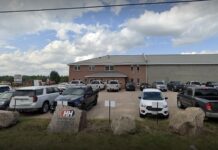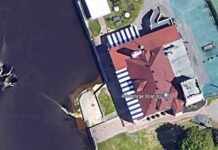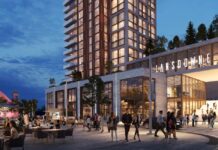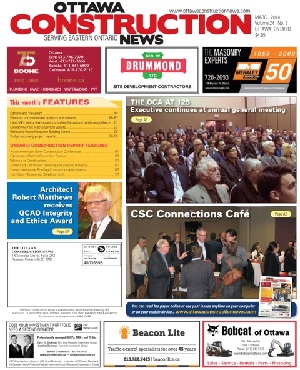STAFF WRITER – The Ottawa Construction News
Since the early 80s, RND Construction president Roy Nandram has been interested in building energy efficient, comfortable homes. Today RND builds R-2000 homes that are at least 50 per cent better than homes built to code, which offers homeowners greater comfort, energy efficiency and longer lasting construction.
Working with architect Christopher Simmonds, himself well known for sustainable designs, Nandram says his company’s Riverpark Green project is based on some essential but simple concepts. “We build our homes to R-2000 standards but use the principles of LEED (Leadership in Energy and Environmental Design) as well to go beyond even this level. The end result is a home that is energy efficient, comfortable, and that has amazing indoor air quality.”
R-2000 is a standard administered by Natural Resources Canada (NRCan) and represents “an industry endorsed technical performance standard for energy efficiency, air tightness quality and environmental responsibility in home construction” that exceed the requirements of the current building code.
Materials are locally sourced, including hardwood made from logs pulled from the Ottawa River, or are made from recycled content with low VOC (volatile organic compound).
Succeeding in this type of construction relies on attention to detail, in the office during design, specifications and tendering stages, and on site.
For instance, RND’s website describes a minimal environmental impact at its sites, identified through the preservation of mature existing trees. Driveways are designed to avoid destroying the habitat. “You must also have experienced site supervisors who are able to ensure quality control during construction to be sure proper methods are being followed,” Nandram said.
Nandram says building green is a team effort. One of his site supervisors has been with the company since the beginning and the rest have more than 10 years with the company. Office staff, suppliers, dedicated sub trades, architects and designers also contribute to the process. “Our energy modeller, Homesol, is another key partner.”
Further attention to detail is evident in interiors that have “open spaces with abundant daylight and fresh air and carefully selected materials and finishes to promote health living.”
Nandram says his company seeks to “future proof” homes. Designs include a 220- volt electrical outlet in the garage for a car charger, solar-ready piping from the mechanical room to the attic, Radon-ready piping and prewiring for future fibre optic capability.
Through educational displays in the mechanical room, Nandram says clients are educated about what they are seeing. “People say they want energy efficient homes but they are reluctant to pay the price,” he said. “They may see a slight premium and instead of understanding it in terms of the long-term energy savings and resale value of the home, just see the initial cost.”
He says what homeowners should understand is that energy savings happen instantly and provide future protection as energy costs rise. “A green home, by its nature, is also built better so it is more durable and it avoids some of the maintenance issues a less efficient home might experience.”
Nandram says people must also consider the amount of hours they spend indoors – awake and sleeping – and the value of better quality air.
RND Construction has built several homes that have achieved significant energy savings, and certification at various levels of LEED and R2000. This, Nandram says, is not difficult, when homeowners are truly interested in saving energy and building the best home possible for their families, and when attention to detail – at the design stage and on site – is a primary focus.







